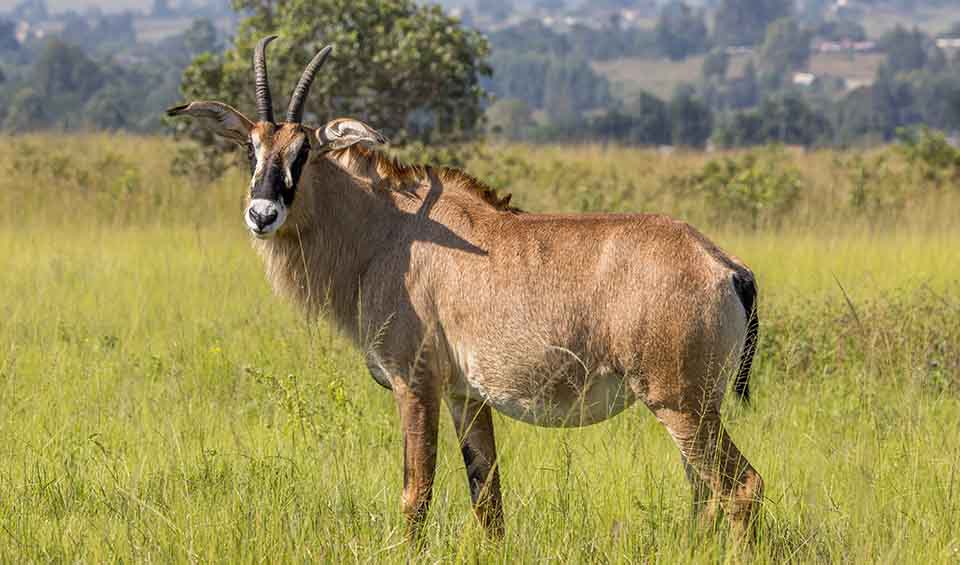Hippotragus
Its third species, bluebuck, became extinct around 1800 due to overhunting by European settlers
This genus is home to some of Africa’s most iconic and striking antelope species, known for their impressive size, elegant horns, and distinctive markings. This genus includes the roan antelope (Hippotragus equinus) and the sable antelope (Hippotragus niger), both of which inhabit the savannas and woodlands of sub-Saharan Africa. These antelopes are renowned for their beauty, strength, and the crucial roles they play in their ecosystems. Feeding on grasses and other plants helps maintain the balance between different types of vegetation, which in turn supports a variety of other wildlife. Their presence also provides food for large predators, contributing to the overall health and diversity of their habitats.
One of the most notable characteristics of the Hippotragus genus is the antelope’s defensive behavior. Both roan and sable antelopes are known for their bravery and willingness to confront predators. When threatened, they will use their sharp, curved horns to defend themselves against lions, hyenas, and other predators. This fierce defense mechanism makes them formidable opponents and helps ensure their survival in the wild.
In terms of reproduction, Hippotragus species have a relatively long gestation period of around nine months. Females typically give birth to a single calf, which remains hidden in the underbrush for the first few weeks of life. This hiding behavior helps protect the vulnerable young from predators. The calf then joins the herd and begins to graze alongside its mother. Juveniles grow quickly, reaching full size within a few years, and males will eventually leave their natal herd to join bachelor groups or establish their own territories.
Species in this genus
Roan antelope
One of Africa’s most majestic and powerful antelopes, known for its robust build and horse-like stature
Sable antelope
Often revered in African folklore as symbols of strength, grace, and nobility—earning them nicknames like “the antelope of kings.”



